BACK TO RESEARCH WITH IMPACT: FNR HIGHLIGHTS
The rapidly evolving field of spatial biology allows for the study of how individual cells fit in the context of a tissue, what their environment says about their behaviour, where they are and why they are there. The field can revolutionise understanding of biological ecosystems but faces several hurdles. To help spatial biology unleash its full potential, researchers are improving the needed hardware and building a bridge between different data sources.
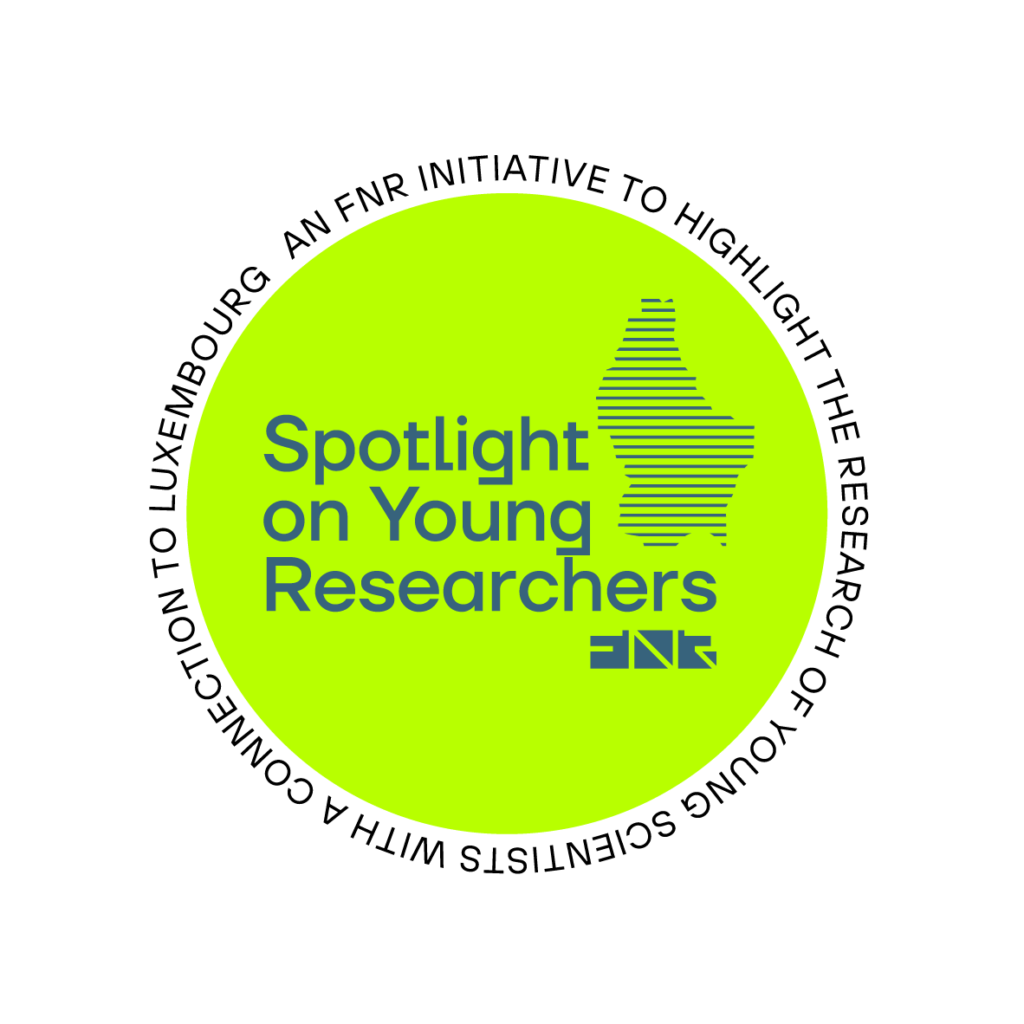
“Imagine a bustling city, whose various inhabitants are constantly exchanging resources and goods to keep the whole system alive. Now imagine that this city is invisible, living in the microscopic world of a single drop of water. This intricate network of interactions, where countless organisms exchange energy and nutrients, is a complex biological ecosystem, where balance can easily be disrupted, by for example cancer, autoimmune diseases, or external aggressors. Consequently, understanding and directly mapping this metabolic ballet is crucial to both research and society. Now, imagine that you have a play script but cannot see the actual performance. Traditional omics techniques, like metabolomics, provide important information about the actors (metabolites) and their potential roles, but not the actual interactions on stage. ”Maureen Feucherolles microbiologist with a focus on analytical science working as a Junior R&T Associate at the Luxembourg Institute of Science and Technology (LIST).
Spatial biology – a powerful lens to visualise the invisible
This is where spatial biology can help: It goes beyond and offers a powerful lens to truly understand and appreciate the performance happening in our bodies. By allowing a deeper understanding of cellular organisations and interactions within tissues of interest, for example makes it possible to visualise how gut bacteria interact metabolically. This can highlight their impact on human health, paving the way for personalised medicine.
While the rapidly evolving field offers significant potential to revolutionise our understanding of biological ecosystems, it is still limited by hurdles in molecular sensitivity, spatial resolution and integration of two- and three-dimensional spatial modalities.
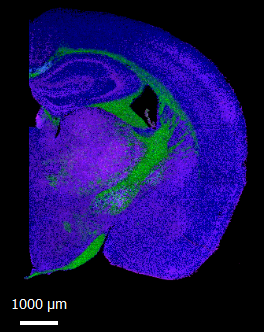
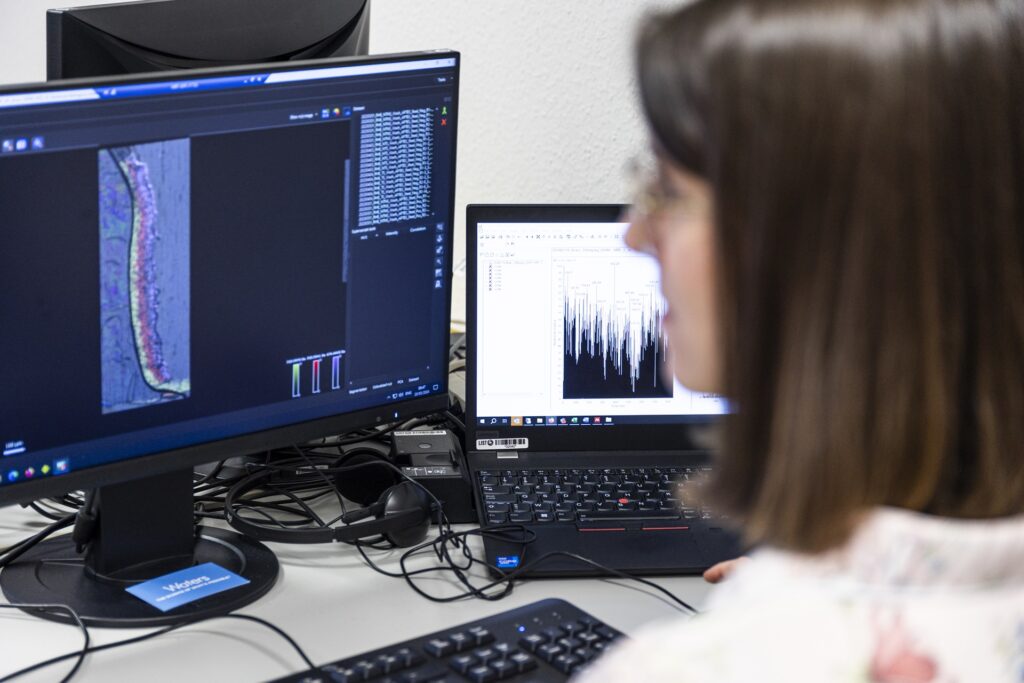
Better hardware for a closer look
One challenge is that current commercial technologies are limited in terms of spatial resolution and sensitivity – limiting the ability to visualise the “metabolic dance” as Maureen describes it. In order to be able to seamlessly integrate data from different spatial omics techniques, a multidisciplinary approach is required involving biology, chemistry, physics, and computer science. Maureen is involved in three FNR BRIDGES projects, where academia collaborates with industry, and her research is tackling these challenges.
“My research directly explores the limitations of current technologies by, one on hand, developing advanced hardware, in direct collaboration with manufacturers to see deeper and smaller and, on the other hand, by building a bridge between different imaging data sources for a holistic view.”
“This combined approach has the potential to revolutionise our understanding of complex microscopic living ecosystems, such as the skin or tumour micro-environment, and unlock novel solutions and a more comprehensive understanding for various disease (e.g. skin-related issues). ”Maureen Feucherolles Junior R&T Associate at the Luxembourg Institute of Science and Technology (LIST).
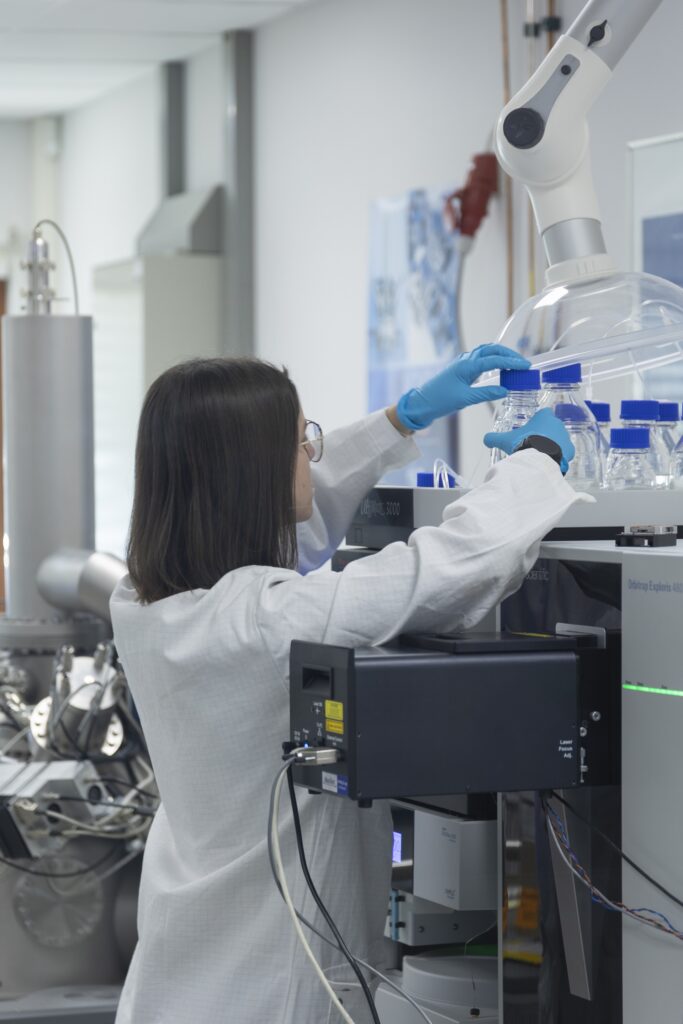
Maureen and her research group have already made great strides to unravel the invisible, for example developing a novel hardware solution that improves the signal of biomolecules that are challenging to detect. Maureen has also been successful in translating technological knowledge into practical applications in the form of supporting industrial patents and helping launch skin-protecting products.
Close collaboration with industry fosters real-world impact
Based at LIST, Maureen is part of a research team collaborating closely with leading industrial partners, her projects fuse together research and technology organisation and industry, leveraging their strengths to push boundaries in the field. This allows the microbiologist to see the real-world impact of her research.
“This unique dynamic does not only accelerate innovation but also ensures real-world relevance, as we collectively strive to address pressing challenges and pioneer solutions that make a tangible impact on society.”
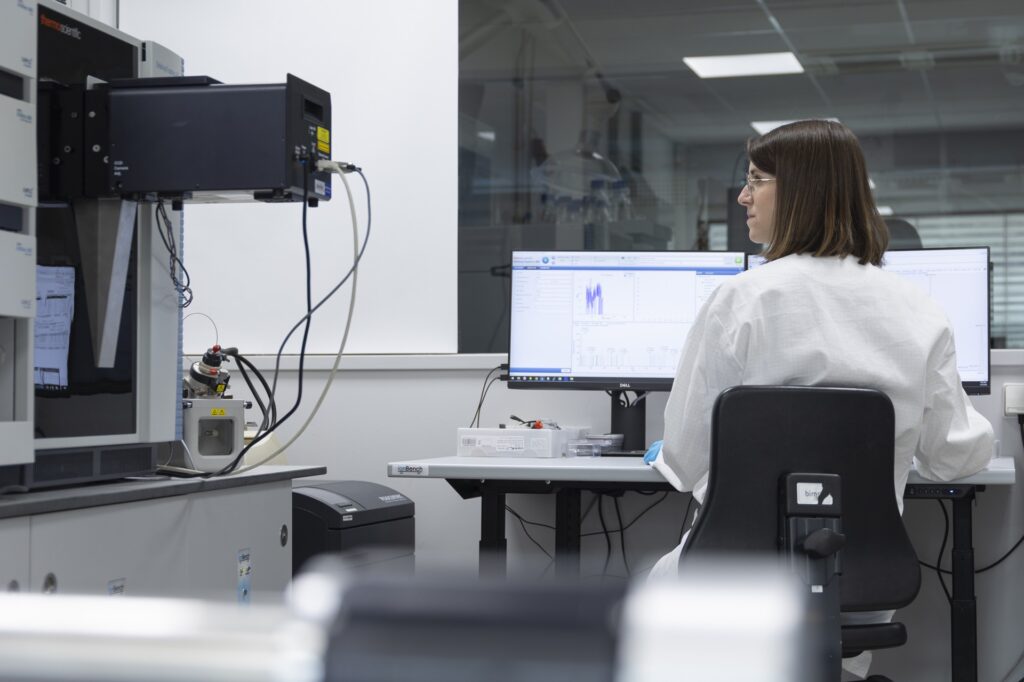
“Here, research is focused on applications. It's not just about pushing the boundaries of knowledge, but seeing those advancements translated into products and services used by society. Witnessing your work directly benefit society on a large scale can be incredibly rewarding. It's a fast-moving environment where your research leaves the lab and accelerates its impact, making a real difference to people's lives. ”Maureen Feucherolles Junior R&T Associate at the Luxembourg Institute of Science and Technology (LIST).
Maureen Feucherolles is a microbiologist with a focus on analytical science and Junior R&T Associate at the Luxembourg Institute of Science and Technology (LIST). She is contributing to three FNR BRIDGES projects (SENSIMASS, SKIMAS and SKINVISION).
MORE ABOUT MAUREEN FEUCHEROLLES
Describing her research in one sentence
“Improving spatial biology to visualize and understand the intricacies of metabolic interactions within complex biological systems.”
On the benefits of academia-industry collaboration
“In my opinion, industry and public research benefit from collaborating with each other. For companies, joining forces with public research means accessing a source of innovation. They gain early access to cutting-edge discoveries, diversify their talent pool with brilliant researchers, and share the risk of exploring new frontiers. Conversely, public research gains valuable insights into real-world applications, and accelerates the impact of their work. This collaboration becomes a symbiotic dance, where each partner benefits from the other’s strengths, ultimately leading to breakthroughs that pull up science for society.”
What drives her as a scientist
“Science has always been my playground, sparked by a toy microscope when I was a child and encouraged by my parents. Drawn to the visual, I find truth in what I see, a skill invaluable in crafting molecular imaging tools. At the Luxembourg Institute of Science and Technology, I pursue my mission: bridging the gap between science and society. Here, research translates into real-world impact, and I, as a scientist, am fuelled by the potential to make a positive difference.”
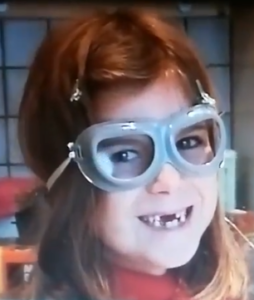
Why she loves science
“Science isn’t just a job for me, it’s an endless adventure fuelled by curiosity. Every day brings a new puzzle to solve, a chance to push boundaries and make a real difference, impact lives, improve health, and leave a positive mark on society. It is the constant learning, and the endless challenges that keep me on my toes. In science, there is no finish line, just the next exciting step on a journey of progress.”
Mentors with an impact
“Mentorship has been cornerstone of my scientific journey. Dr. Sonia Henry sparked my early research flame, while Prof. Sören Becker entrusted me, a fresh graduate, with the tools and confidence to launch my career. Dr. Christian Penny’s “yes” opened the door to my PhD, and Dr. Gilles Frache fostered my growth with invaluable freedom and support as I ventured into my first independent project. To these mentors, I owe my deepest gratitude for believing in me and the lasting impact they’ve had on my path as a scientist.”
Why she chose Luxembourg for her research
“My decision to conduct research in Luxembourg is deeply rooted in my personal and academic journey. Growing up on the border in France, my academic journey in the Greater Region was partly supported by the Grand Duchy of Luxembourg. This country has witnessed my growth from student to researcher. Its vibrant research environment and supportive infrastructure make it an ideal place to pursue innovative research, that’s what truly motivates me to call Luxembourg my scientific home. Moreover, it feels like a natural extension of my homeland, making it the perfect setting for the next chapter of my scientific activity.”
Where she sees herself in 5 years
“I aspire to strengthen my position within an RTO. The balance between fundamental research freedom and impactful industry collaborations offered by this environment aligns perfectly with my aspirations. I aim to attract specialized industrial partners and raise awareness of both our technology and the vast potential of advanced tools in microbiology research.”
All photos provided by Maureen Feucherolles
Related highlights
Spotlight on Young Researchers: Combining machine learning & life events data to predict depression
A high number of people experience experiences depression in older age. Factors such as childhood conditions, adult life trajectories, and…
Read more
Spotlight on Young Researchers: Probiotics to the rescue
Billions of living microorganisms live in the human gut microbiome. Research has shown that an imbalanced microbiome plays a role…
Read more
Spotlight on Young Researchers: How multilingualism impacts learning numbers and mathematics
In an increasingly multicultural and multilingual society – especially in Luxembourg – it is key to ensure an educational system…
Read more
Spotlight on Young Researchers: The many research aspects of neurodegeneration
Alzheimer’s disease (AD), Parkinson’s disease (PD) and Dementia with Lewy Bodies (DLB) are the most frequent age-related neurodegenerative diseases and…
Read more
Spotlight on Young Researchers: Studying the immune cells of the brain to uncover their role in Parkinson’s disease
Parkinson’s disease (PD) is the fastest growing neurological disease in the world, affecting around 1-2% of the population above the…
Read more
Spotlight on Young Researchers: Artificial Intelligence for the Digitalisation of Courts
The field of Artificial Intelligence (AI) and Law is increasingly gaining interest due to the introduction of AI applications in…
Read more